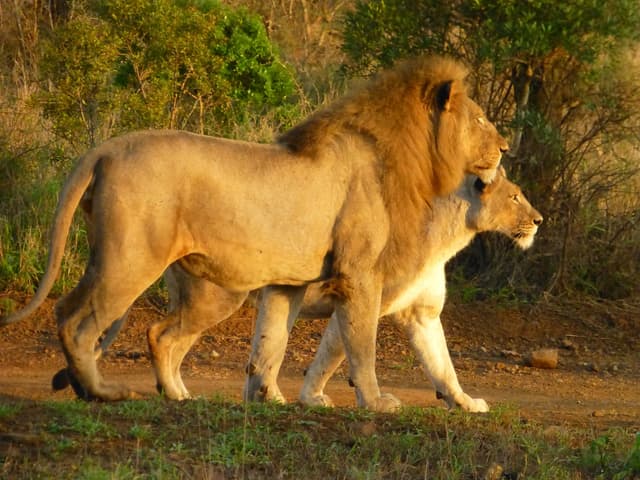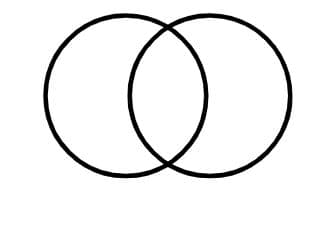Comparing the life cycles of mammals and birds
I can describe the differences in the life cycles of mammals and birds.
Comparing the life cycles of mammals and birds
I can describe the differences in the life cycles of mammals and birds.
These resources will be removed by end of Summer Term 2025.
Switch to our new teaching resources now - designed by teachers and leading subject experts, and tested in classrooms.
These resources were created for remote use during the pandemic and are not designed for classroom teaching.
Lesson details
Key learning points
- Different life cycles can be compared to find similarities and differences
- Mammals and birds have some similarities and some differences in their life cycles
- Differences in life cycles can be communicated using scientific diagrams and tables
Keywords
Life cycle - A life cycle is the way in which a living thing changes as it ages.
Mammal - A mammal is a warm-blooded animal that gives birth to live young and has hair or fur.
Bird - A bird is a warm-blooded animal that lays eggs and has feathers, wings and a beak.
Similarity - A similarity is something that two objects have in common.
Difference - A difference between two objects or things is something that is not similar or the same about them.
Common misconception
All animal life cycles have the same stages; anything different to mammals is not an 'animal'.
Use the examples in the slide deck to make it clear that different types of animals have different life cycles.
To help you plan your year 5 science lesson on: Comparing the life cycles of mammals and birds, download all teaching resources for free and adapt to suit your pupils' needs...
To help you plan your year 5 science lesson on: Comparing the life cycles of mammals and birds, download all teaching resources for free and adapt to suit your pupils' needs.
The starter quiz will activate and check your pupils' prior knowledge, with versions available both with and without answers in PDF format.
We use learning cycles to break down learning into key concepts or ideas linked to the learning outcome. Each learning cycle features explanations with checks for understanding and practice tasks with feedback. All of this is found in our slide decks, ready for you to download and edit. The practice tasks are also available as printable worksheets and some lessons have additional materials with extra material you might need for teaching the lesson.
The assessment exit quiz will test your pupils' understanding of the key learning points.
Our video is a tool for planning, showing how other teachers might teach the lesson, offering helpful tips, modelled explanations and inspiration for your own delivery in the classroom. Plus, you can set it as homework or revision for pupils and keep their learning on track by sharing an online pupil version of this lesson.
Explore more key stage 2 science lessons from the Reproduction and life cycles: animals unit, dive into the full secondary science curriculum, or learn more about lesson planning.

Equipment
Access to the internet for research (optional).
Content guidance
- Risk assessment required - equipment
Supervision
Adult supervision required
Licence
Starter quiz
6 Questions
Something that things have in common.
Something that is not the same when comparing things.


The mammal has just been born and needs lots of help.
The mammal is still growing and becoming more independent.
The mammal is fully grown and is able to reproduce.


Exit quiz
6 Questions
baby, young, adult
egg, hatchling, fledgling, adult




